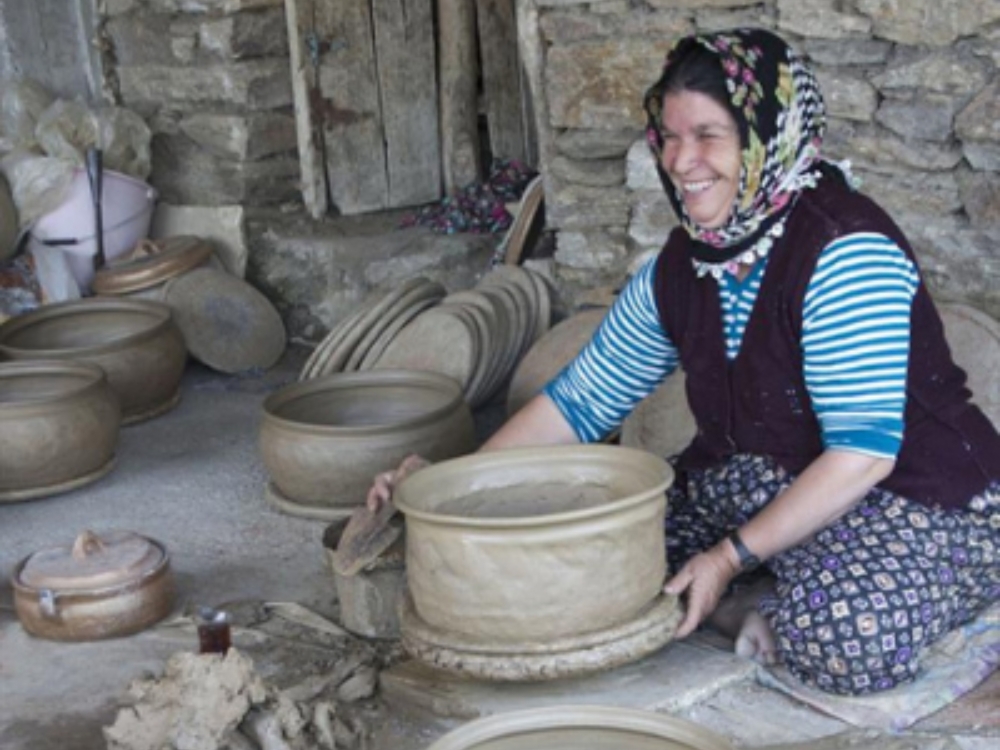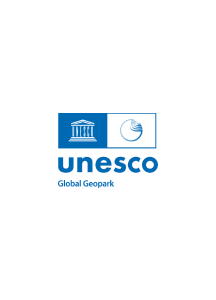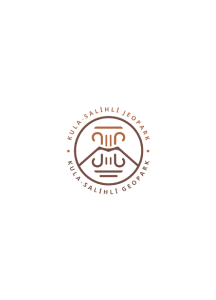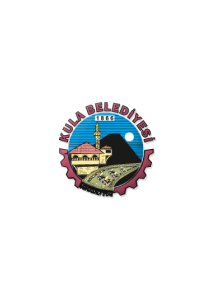Gökeyüp Pottery

The history of pottery in the Kula and Salihli region is quite old. Although most of the archaeological findings in the region belong to the Roman period and later, there are also many artifacts from the Hellenistic and Prehistoric periods. Among the works in question, there are many works made of clay. These works show that pottery techniques in the field reached very advanced levels in ancient times. One of the most important places where pottery is practiced in Western Anatolia is the village of Gökeyüp. More than 100 households are engaged in pottery production in the Gökeyüp neighborhood, which has maintained the pottery tradition for centuries. Gökeyüp pottery is very important because the pottery is still handmade using classical methods. Clay soil and muscovitschist (mica schist) are used in pottery production in Gökeyüp village. Musovite schist is crushed with a mallet for 2 hours and then mixed into clay soil. In the region, clayey soil is called "gummy soil" and muscovite is called "Mengele". Clay and muscovite schist are mixed in a ratio of 2/1 and the resulting clay is shaped on hand looms and then cooked on wood fire using traditional methods.







